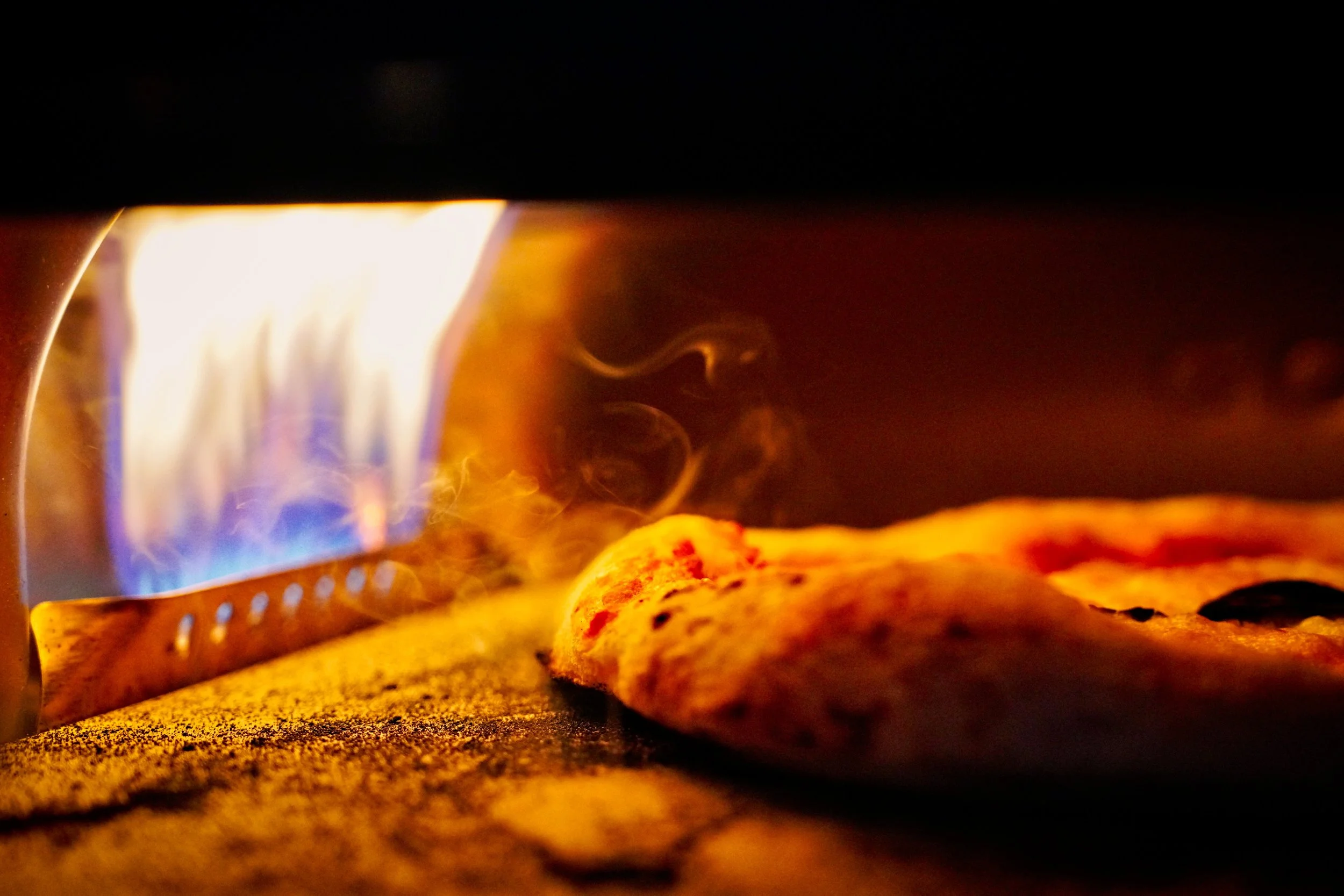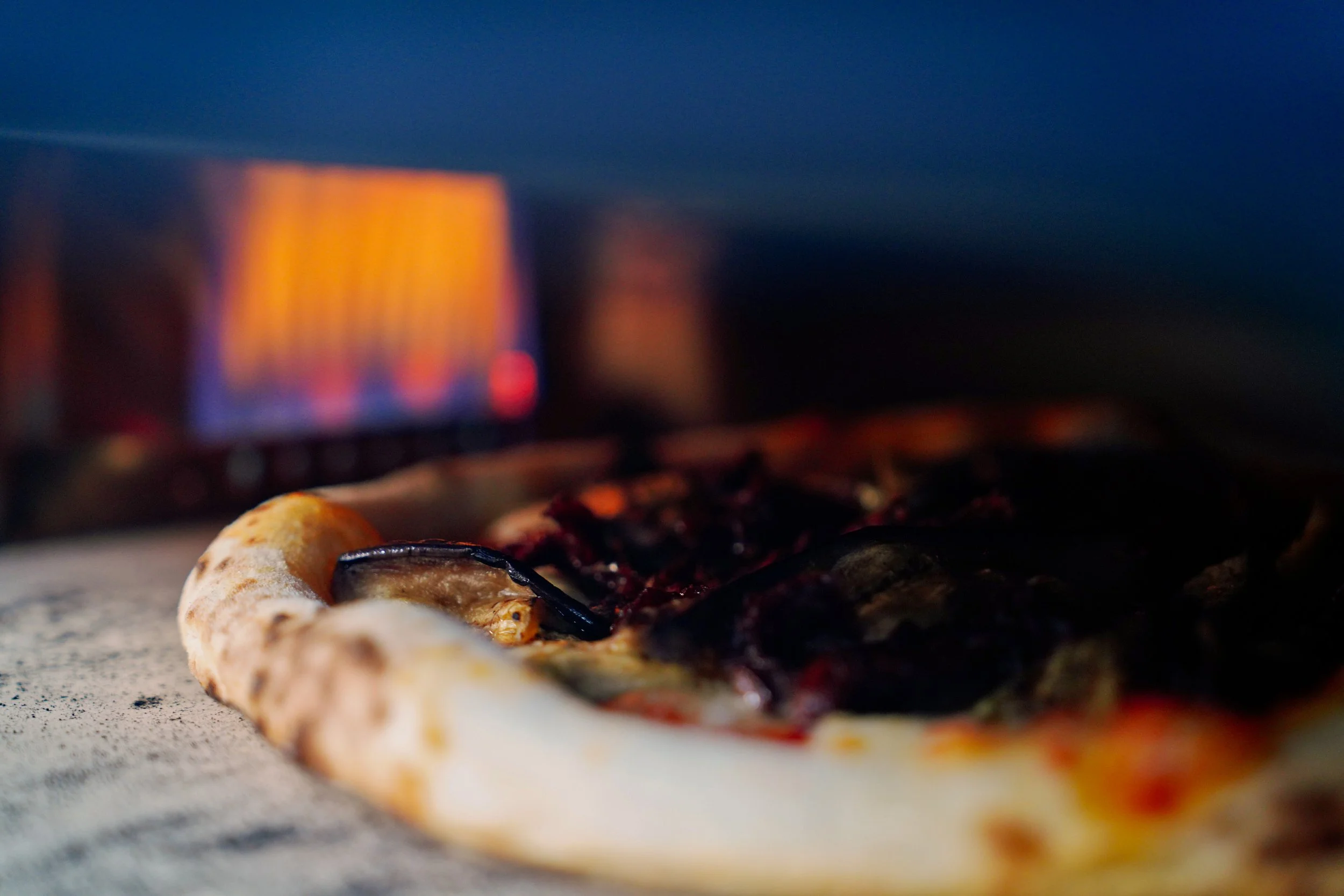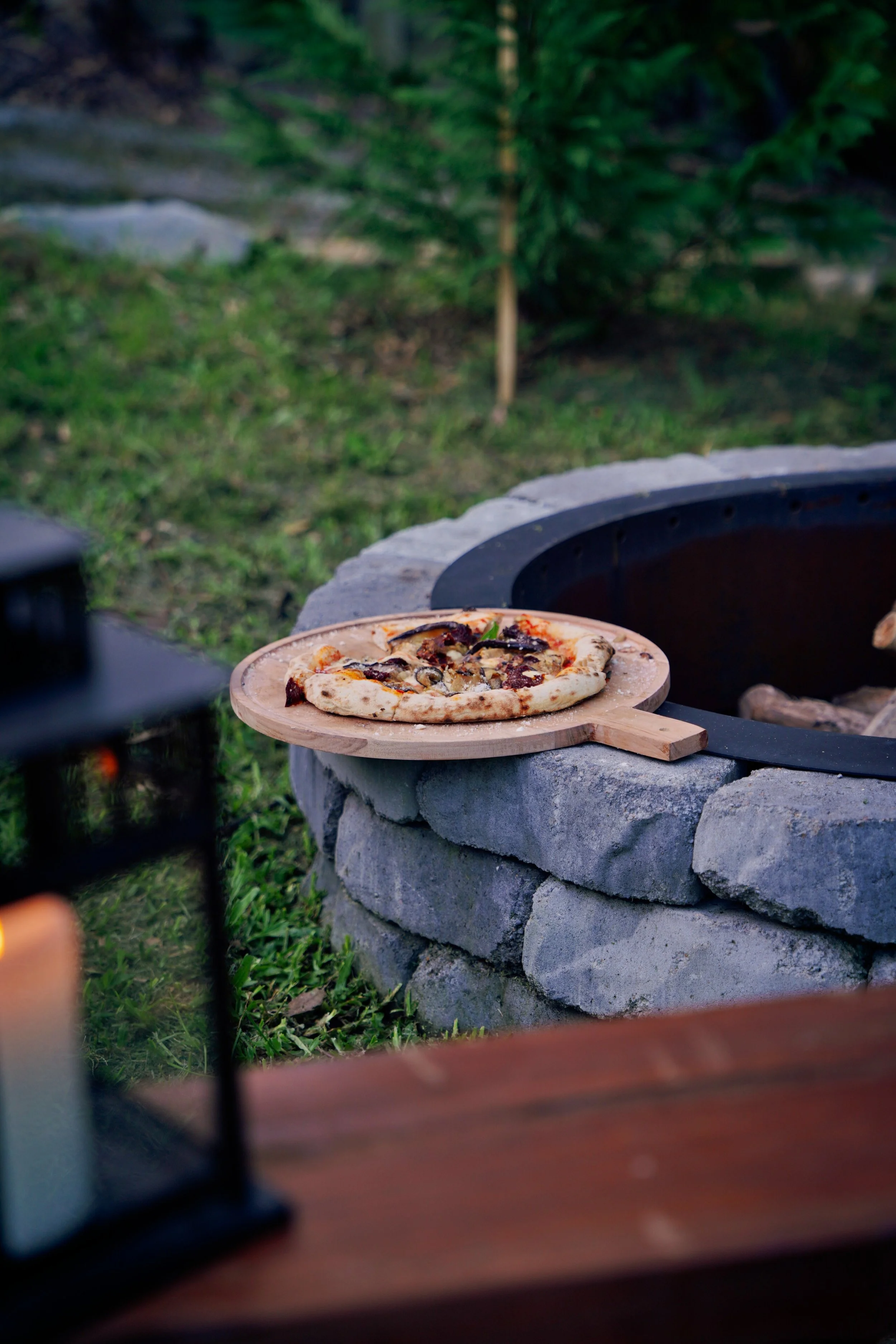Fire, Stone and Dough: Choosing the Right Setup for Pizza Night at Home
A guide to gas ovens, pizza stones, and why your dough is the real game changer.
There’s something deeply satisfying about making Neapolitan pizza at home. The charred bubbles, the bright sauce, the first pull of a stretchy, blistered slice — it’s a sensory celebration.
Across Australia, home cooks are levelling up their pizza nights with sleek gas ovens and artisan tools. Brands like Gozney and Ooni are turning patios into pizzerias. But while gear matters, one truth stands firm: the dough is where the magic begins.
The Essentials: Dough Meets Fire
It’s easy to obsess over equipment, but Luke Marino, founder of Marino and The Dough, says the gear only amplifies what you put into it. “You can have the flashiest oven on the block, but if your dough isn’t right, your pizza won’t sing.”
In every Gold Coast pizza masterclass, Luke teaches the art of fermentation, the feel of proper hydration, and how to handle dough without deflating it. That knowledge — plus the right temperature — unlocks real Neapolitan texture.
The Gear: What’s Out There
Gas-Powered Pizza Ovens (Top Choice)
For those who want restaurant-level results at home, gas ovens are the standout. Models like the Gozney Roccbox, Ooni Koda, and Alfa hit high temperatures quickly, usually between 400 and 500°C. That’s hot enough to bake a pizza in just 90 seconds.
The intense heat gives your crust that coveted char and chew. These ovens are also compact, efficient, and surprisingly user-friendly. They look great outdoors and create an experience that feels indulgent without being complicated.
Pizza Stones (Budget-Friendly, Indoor Option)
A pizza stone is the go-to for many home bakers using a conventional oven. While it won’t match the heat of gas-powered options, it can deliver crisp, even results, especially when paired with well-made dough and a hot, consistent bake.
To get the most out of a stone, preheat your oven for at least 30 minutes or until your oven is at hot as possible. Use a pizza peel to transfer your dough, and consider adding a pizza steel to boost base heat. With care and patience, you can absolutely achieve authentic flavour.
What Makes the Real Difference: Dough
No matter what setup you use, dough remains the star. Proper fermentation, careful handling, and the right flour all play a bigger role than most people realise.
Luke says, “Great dough doesn’t come from a packet. It comes from understanding time, texture, and temperature.” That’s why every Marino and The Dough class begins with the basics. Because once you master that, everything else falls into place.
Pro Tip This is the flour we swear by for perfect pizza texture: Italian 00 flour with 11 to 12 percent protein. Soft, fine, and built for stretch, it’s the starting point for every dough we teach.
Final Thoughts: Choose Your Fire, But Master Your Dough
Whether you’ve just unboxed your Gozney or you’re rocking a pizza stone in the family oven, the path to unforgettable pizza starts with technique.
Experiment with gear, sure. Try new toppings. Invite friends over and make it a night. But if you really want to elevate homemade pizza, start with your dough.
Join Luke Marino for a Gold Coast pizza masterclass that brings restaurant know-how into your kitchen or backyard. You’ll leave with skills, confidence, and pizza worth gathering around.



